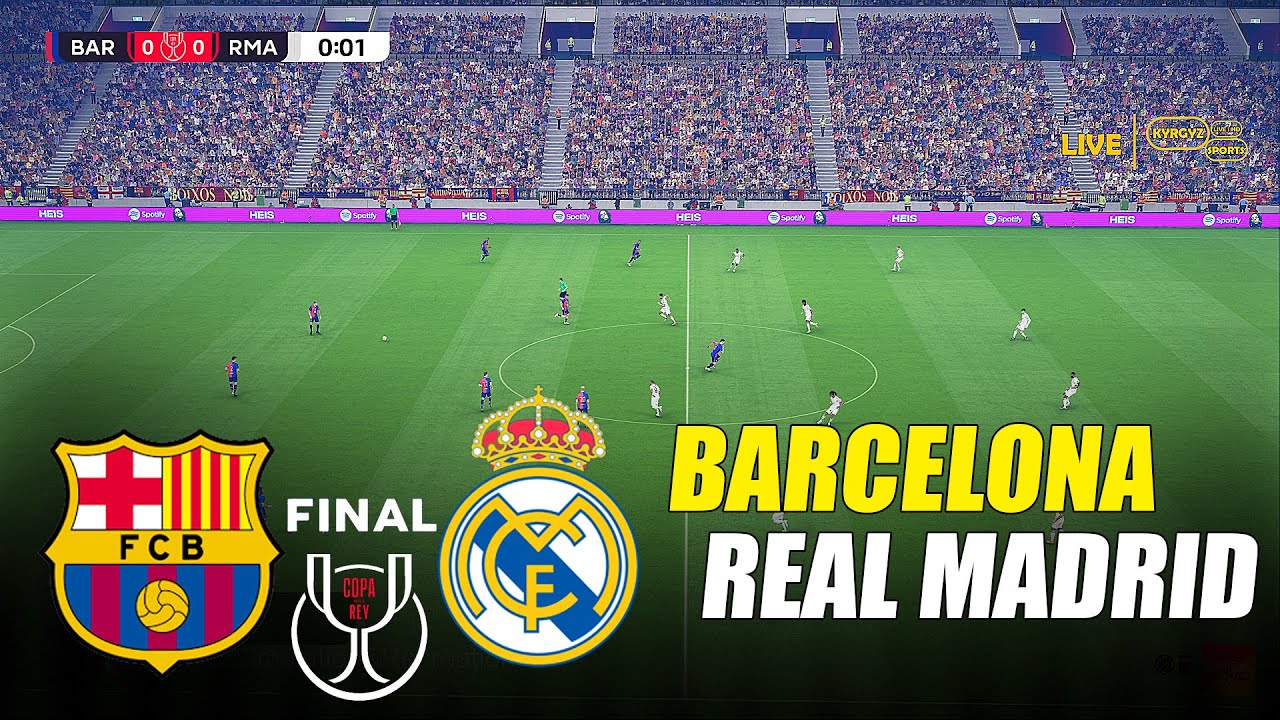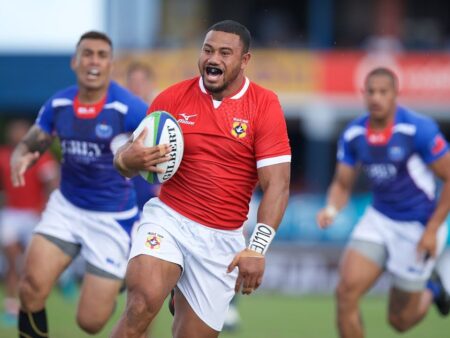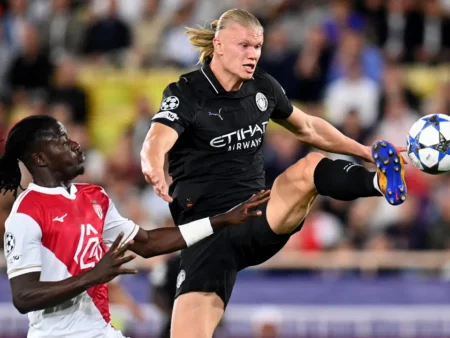
The latest El Clasico showdown is the Copa del Rey final in Seville. Both Real Madrid and Barcelona boast talented squads, though key players like Robert Lewandowski and Eduardo Camavinga are out due to injury. Despite these absences, both teams possess significant top-tier talent available to call upon across various positions. The distinct tactical approaches of the managers set up a fascinating contest, leading to the key question: which team holds the advantage in different areas of the pitch?
While Barcelona has generally had the upper hand in their matchups this season, both clubs see opportunities for advantage in specific positions, leveraging their available star power in attack and defense. Real Madrid faces the challenge of overcoming a strong Barcelona side, something they haven`t achieved yet this campaign. However, strategic advantages in certain areas could give them a real chance in Saturday`s final.
Ahead of this crucial Clasico, here`s a position-by-position analysis of where each team might have the edge.
Goalkeeper: Real Madrid
This position presents perhaps the clearest advantage, arguably Real Madrid`s most significant strength. Thibaut Courtois has been a transformative player for Los Blancos for years, combining consistent reliability with spectacular saves, aided by his imposing 6-foot-7 frame. His performance level is a stark contrast to Wojciech Szczesny, who, despite stepping in for the injured Marc-Andre ter Stegen ahead of Inaki Pena, has shown a tendency for errors since returning from retirement to aid Hansi Flick`s squad. His mistakes, including a red card in the January Spanish Super Cup final, make him a less dependable choice in goal, often bailed out by his teammates` ability to outscore opponents comfortably.
Defenders: Barcelona
This area is arguably the most closely contested between the two sides, as reflected in their very similar defensive records in La Liga. Real Madrid`s injury issues in defense this season haven`t helped their stability. As things stand, Barcelona appears to hold a slight advantage here. Both teams currently feature a young player partnered with a more seasoned defender at center back, and it`s difficult to argue that Barcelona`s Pau Cubarsi isn`t currently ahead of Real Madrid`s Raul Ascensio. Real Madrid also faces uncertainty in their full-back positions, partly due to injuries, whereas Barcelona`s Jules Kounde and Alejandro Balde have performed solidly and contributed noticeably to the attacking play this season.
Midfielders: Barcelona
The midfield is where Barcelona boasts its greatest strengths, significantly influenced by the emergence of teen sensation Lamine Yamal. However, their success in the middle of the park isn`t solely down to him; a diverse group of players, including regulars like Fermin Lopez and even the sometimes-criticized Frenkie de Jong, have made a substantial impact this season. While Real Madrid benefits from Jude Bellingham`s excellent form, they have yet to effectively replace Toni Kroos and have occasionally struggled when relying on an aging Luka Modric. Dominance in midfield will likely be central to Barcelona`s game plan, particularly against a Real Madrid side that has shown difficulty distributing the ball effectively in some high-profile games this campaign, and this strategy could very well prove decisive.
Forwards: Real Madrid
At full strength, there`s a case to be made for either attack, but it`s challenging to predict how Barcelona will cope without Robert Lewandowski, who has netted 40 goals across all competitions this season. Raphinha (30 goals) and Ferran Torres (17 goals) will undoubtedly provide significant offensive support. However, under these circumstances, Real Madrid`s front trio of Kylian Mbappe, Vinicius Junior, and Rodrygo has a clear opportunity to make a strong statement. While this season has seen fluctuations in their form, the three forwards have collectively scored 68 goals and are exceptionally difficult to contain when playing at their peak.










